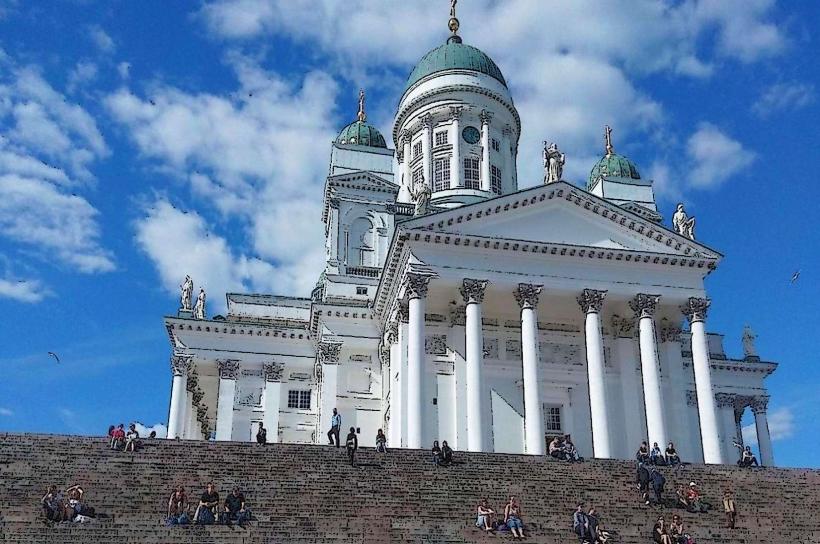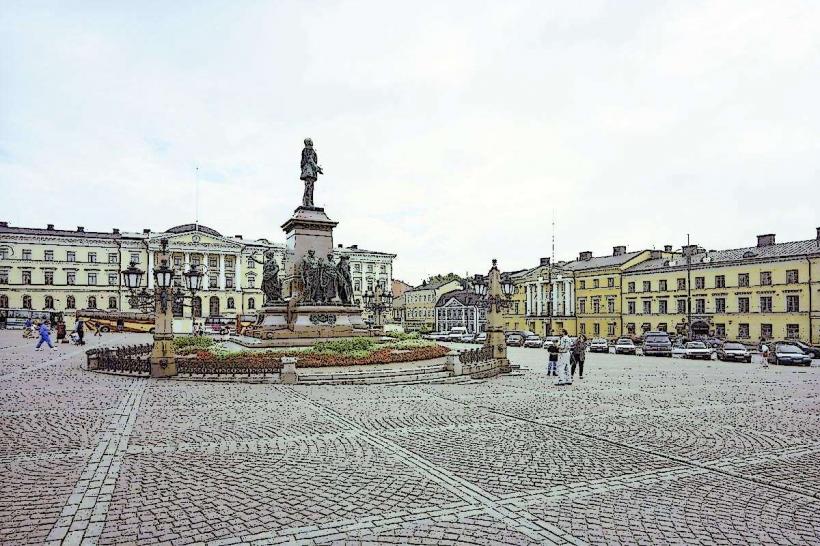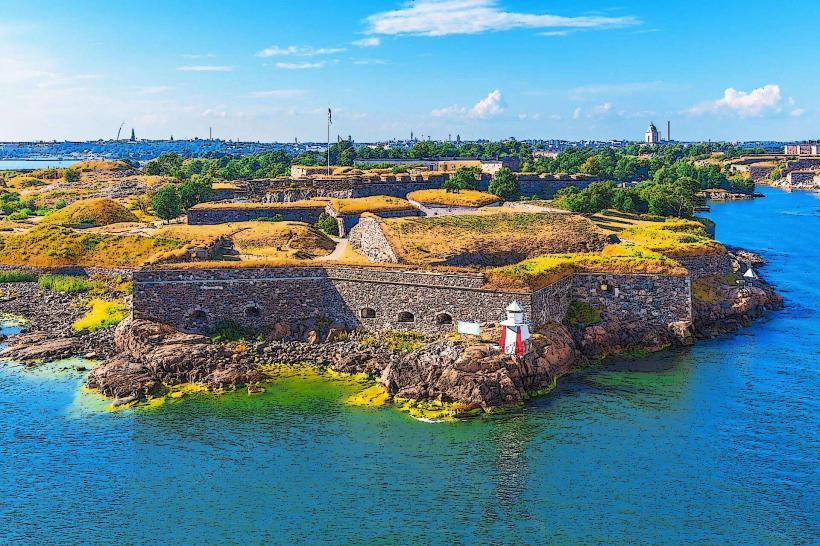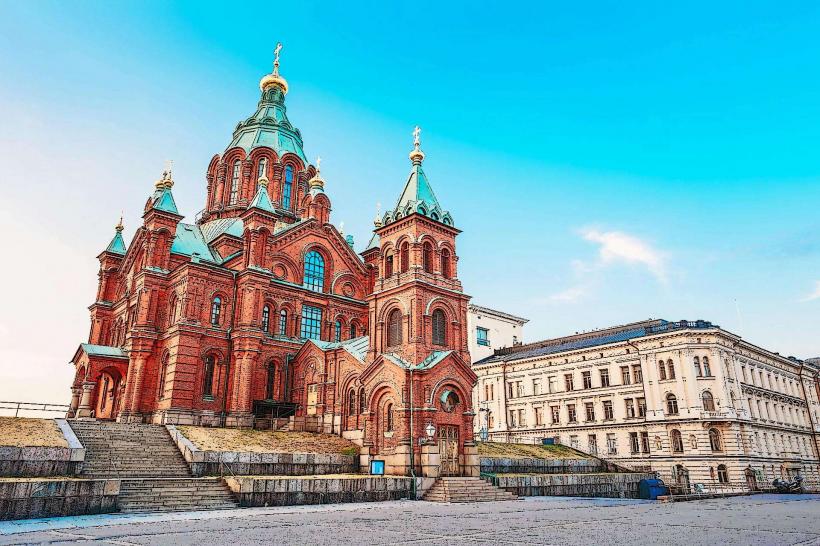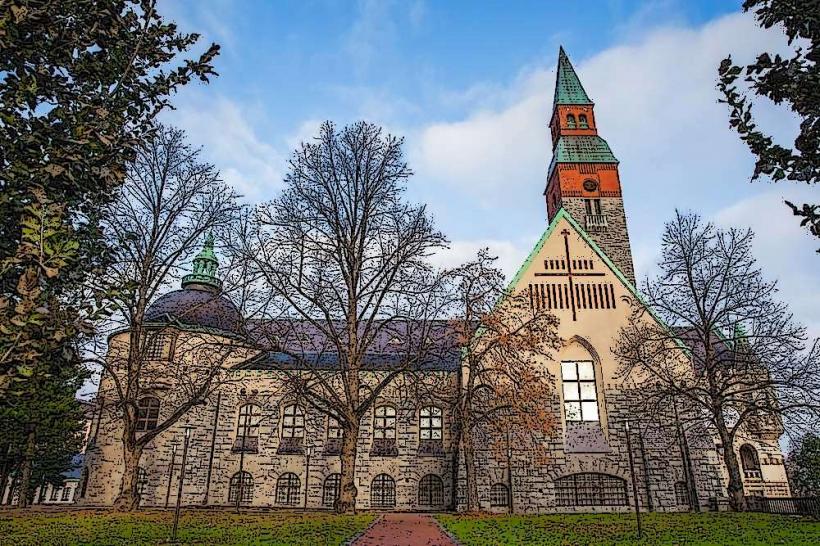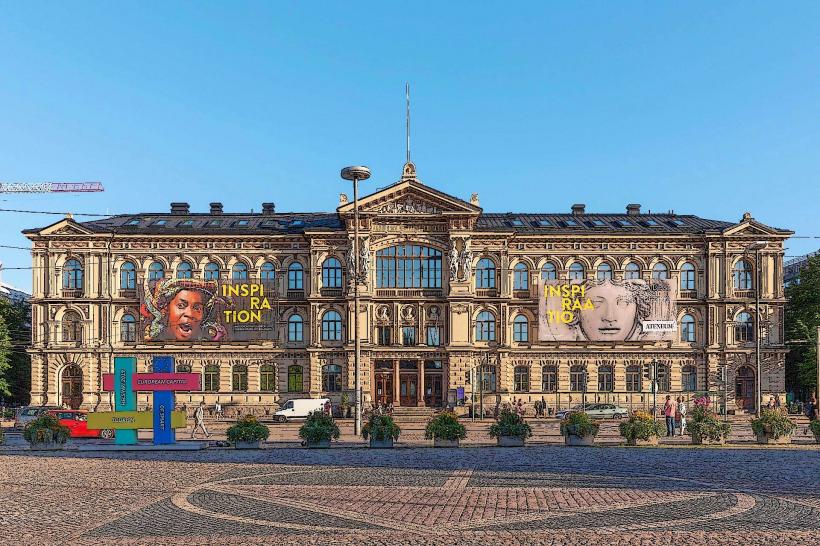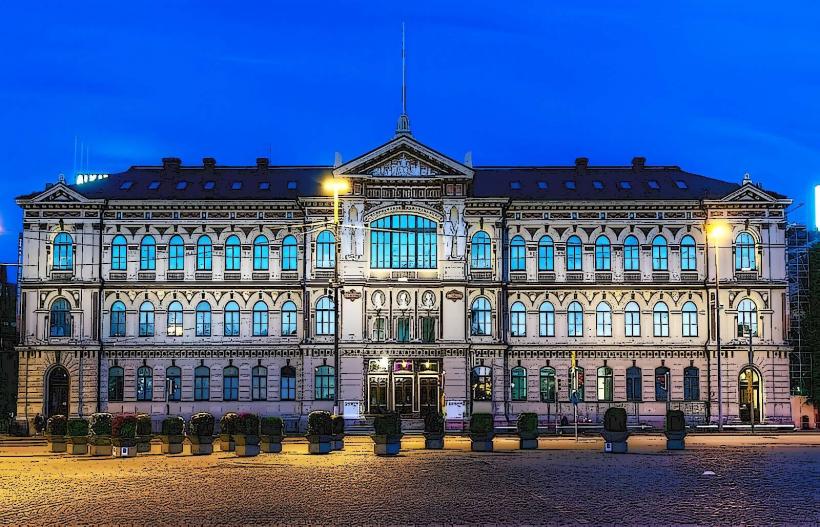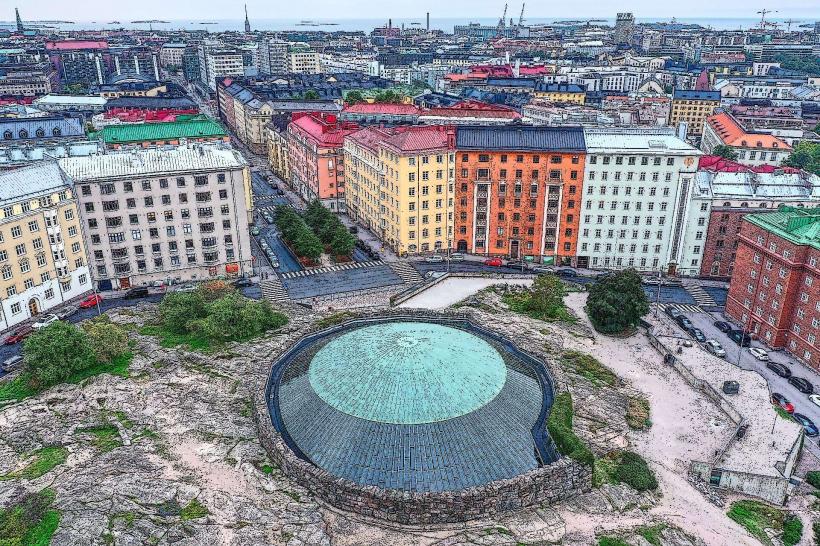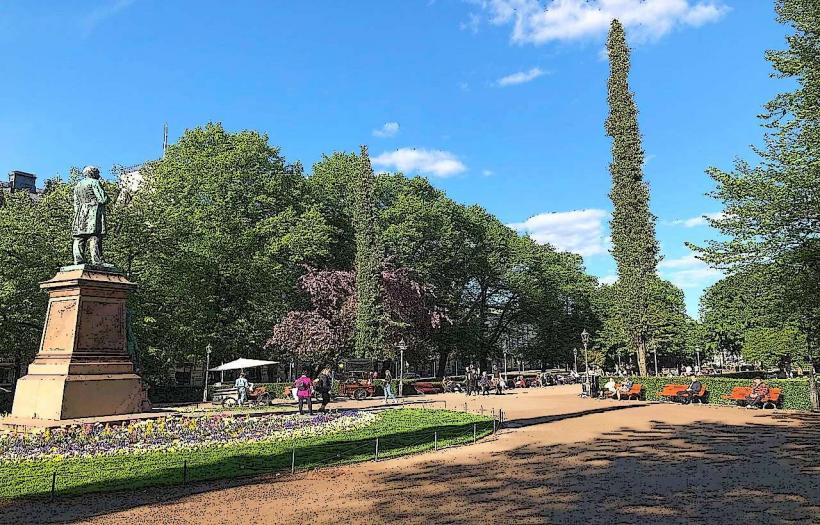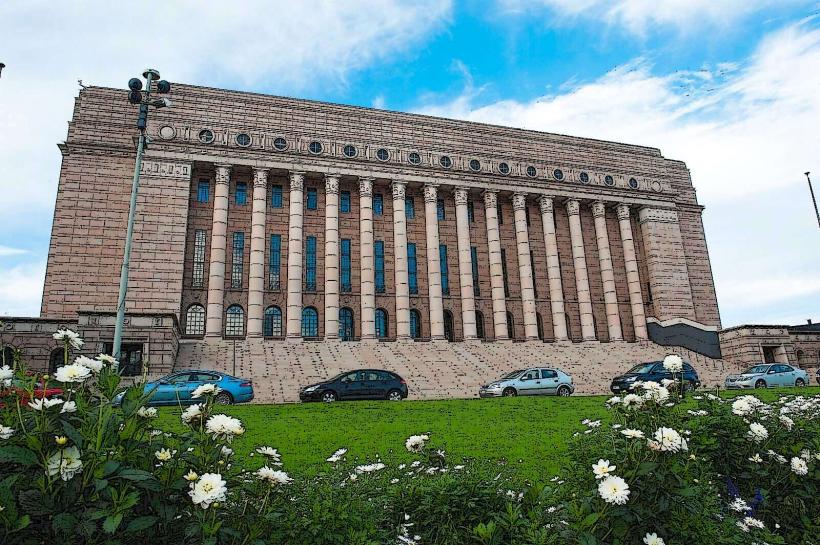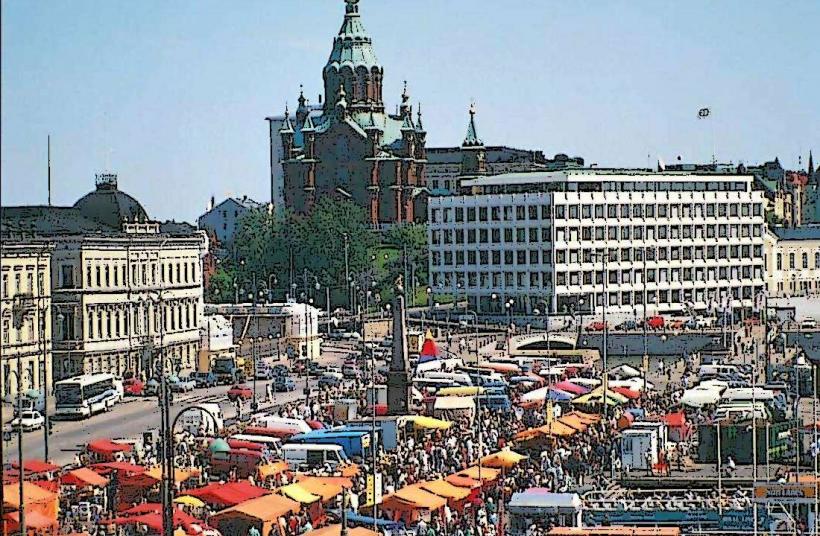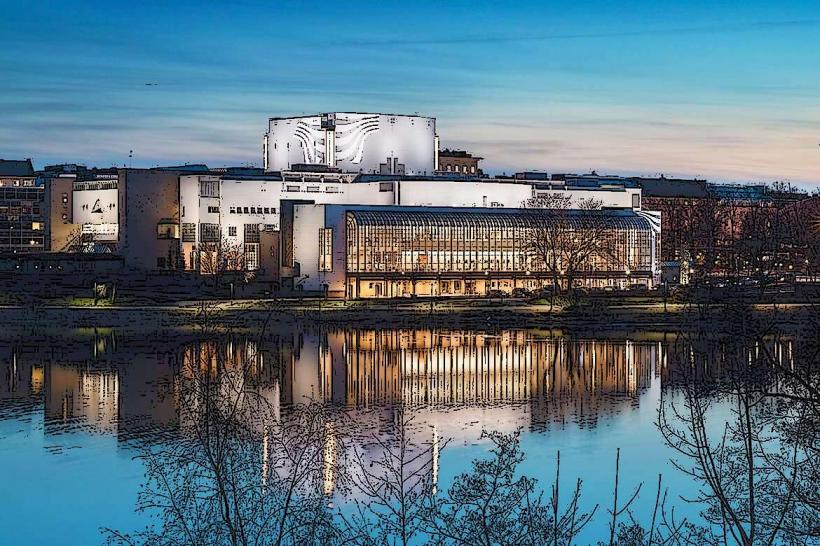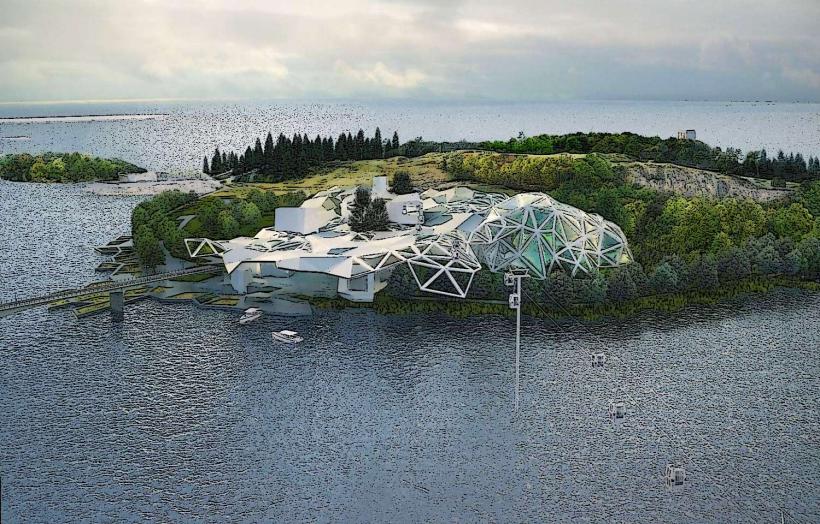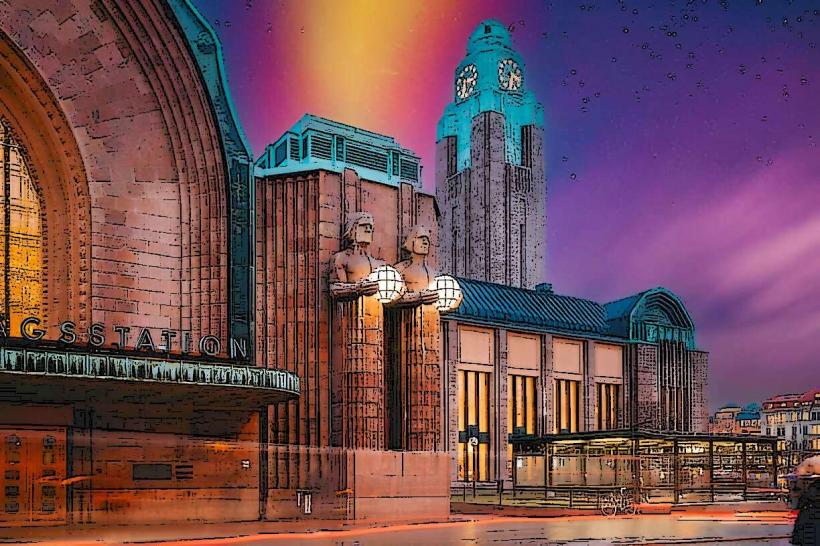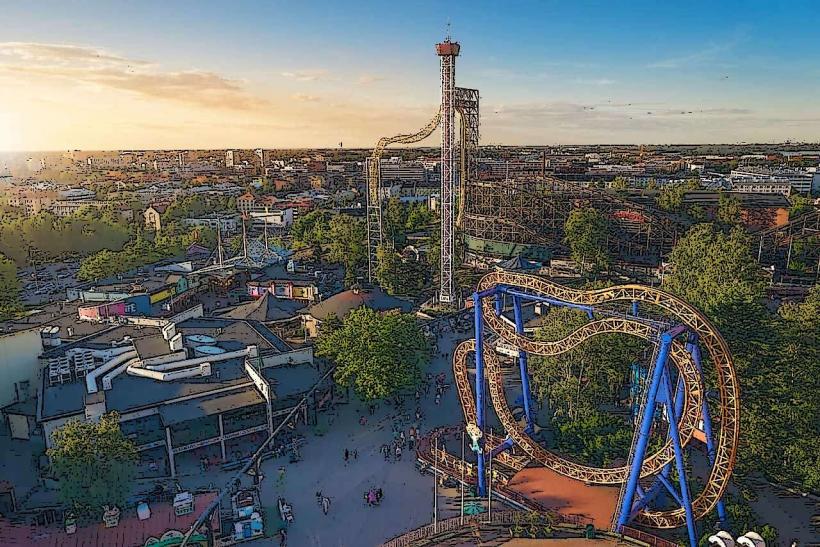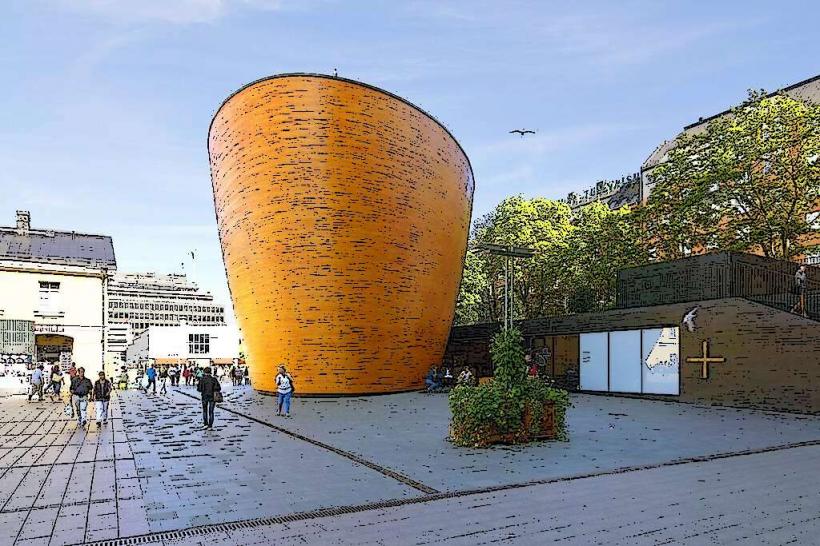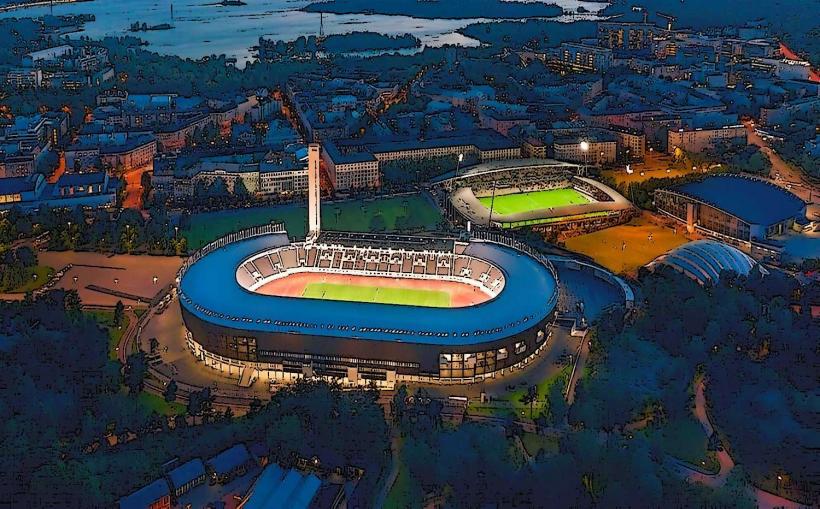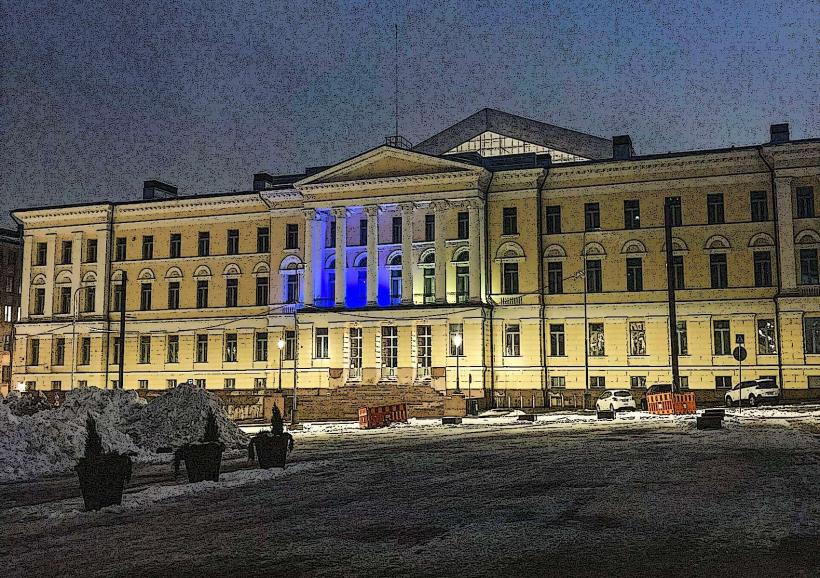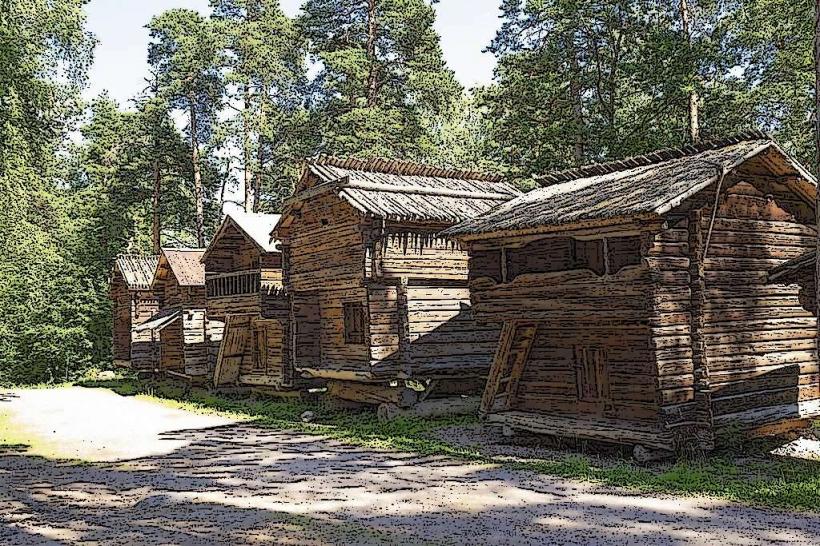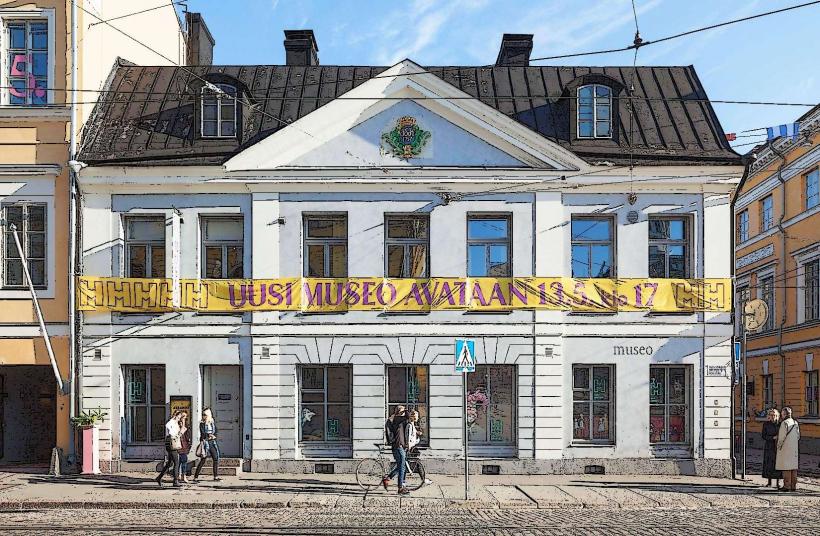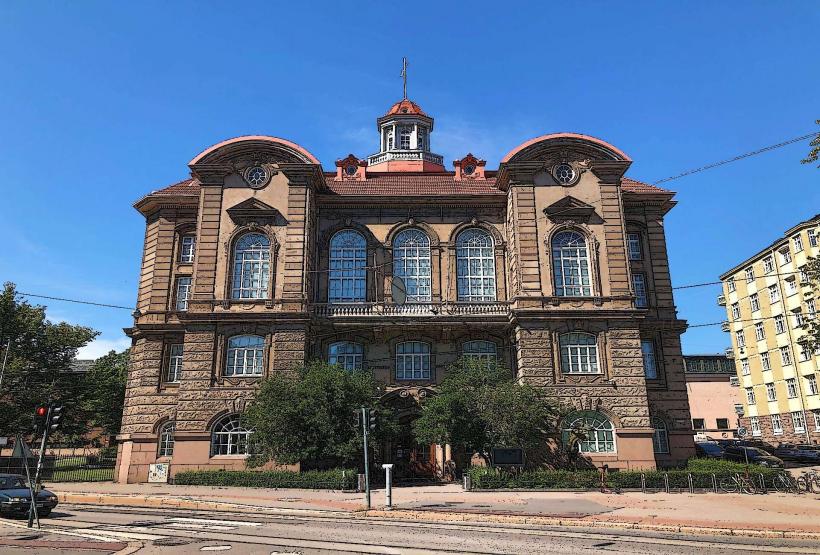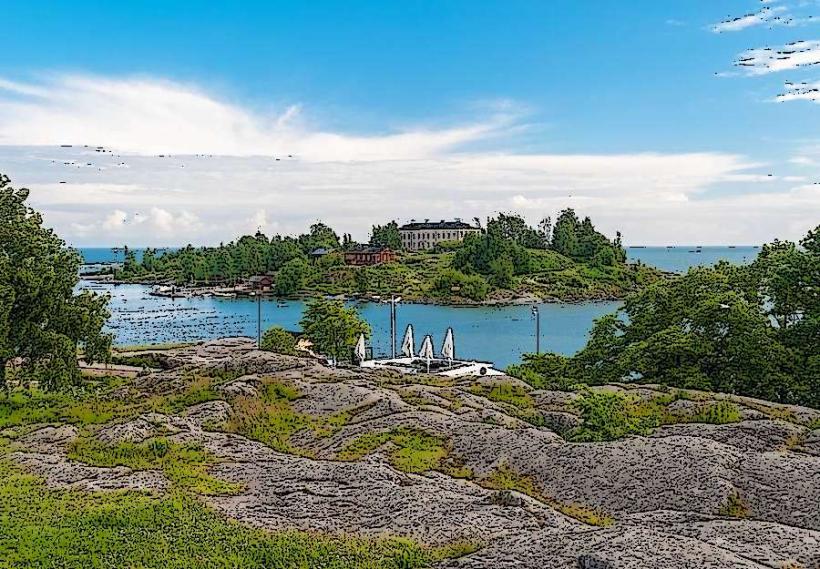Information
Landmark: Mannerheim StatueCity: Helsinki
Country: Finland
Continent: Europe
The Mannerheim Statue (Mannerheimin patsas) is a monumental sculpture located in Helsinki, Finland, dedicated to Carl Gustav Emil Mannerheim, one of Finland’s most revered national figures. The statue honors Mannerheim’s contributions to the country, particularly his roles as a military leader, statesman, and president. It is one of the most iconic landmarks in Helsinki and serves as a symbol of Finland’s independence, resilience, and national pride.
Historical Background
Carl Gustav Emil Mannerheim (1867–1951) played a crucial role in the history of Finland during the 20th century. He served as the Commander-in-Chief of the Finnish Army during the Winter War (1939–1940) and the Continuation War (1941–1944) against the Soviet Union. Mannerheim was also the President of Finland from 1944 to 1946, playing a pivotal role in securing Finland's independence and sovereignty during a time of great political and military turmoil.
The Mannerheim Statue was commissioned in 1952 and unveiled on June 4, 1960, as part of Finland's effort to honor Mannerheim's significant contributions. It is located in Mannerheimintie, one of Helsinki's central streets named after the general, right outside the Museum of Contemporary Art Kiasma and Finlandia Hall.
Design and Creation
The statue was designed by Finnish sculptor Aimo Tukiainen, and it features Mannerheim on horseback, a pose that emphasizes his military leadership. The design was chosen to reflect Mannerheim’s noble and heroic image, symbolizing his role as a protector of Finland.
Key Features of the Statue:
Mannerheim on Horseback:
- The statue depicts Mannerheim on horseback, symbolizing his status as a military leader. He is dressed in a military uniform, with his right arm raised in a commanding gesture, suggesting authority and leadership. The horse’s dynamic stance further emphasizes the energy and movement associated with Mannerheim’s military campaigns.
Base and Inscriptions:
- The base of the statue is made of granite, a material that ties it to the Finnish landscape and reinforces the solid, enduring nature of Mannerheim’s legacy. Around the base, there are inscriptions that honor his leadership and contributions to Finland’s history. The primary inscription reads, “To Field Marshal C.G.E. Mannerheim, President of the Republic of Finland.”
Symbolism:
- The horse is symbolic of Mannerheim's military prowess, as horses played an essential role in his leadership during the wars. The statue’s elevated position places Mannerheim high above street level, reflecting his stature in Finnish history. The uniform he wears in the statue is similar to the one he wore during his service as a military officer, highlighting his dedication to the defense of Finland.
Location and Significance
The statue stands in Mannerheimintie, one of the main avenues in Helsinki, which is named after Mannerheim in recognition of his importance to Finnish history. The statue is placed at the intersection of Mannerheimintie and Kaivokatu, near major landmarks such as Finlandia Hall, Kiasma, and the National Museum of Finland, which further reinforces its significance in the public and historical context.
The location itself is highly symbolic, as it places Mannerheim in a prominent position within Helsinki, a city that he significantly impacted through his leadership during difficult times. The statue is not only a tribute to Mannerheim but also serves as a reminder of Finland's struggle for independence and its resilience during wartime.
Cultural and National Significance
The Mannerheim Statue has become a national symbol in Finland, embodying the values of courage, determination, and national unity. Mannerheim is widely regarded as a hero in Finland for his leadership during the wars and his ability to navigate the complex political environment of the time.
- Historical Legacy: The statue serves as a permanent reminder of Mannerheim’s pivotal role in Finnish history, especially during the Winter War and Continuation War when Finland successfully resisted Soviet invasion and managed to retain its independence.
- National Hero: Mannerheim is regarded as a national hero who transcended his military career to become a symbol of Finnish perseverance and independence. His presidency helped stabilize Finland after World War II and ensure its survival as an independent state.
- Controversial Legacy: While Mannerheim is hailed as a hero by many, his legacy is not without controversy, especially regarding his role in World War II and his association with Nazi Germany during the Continuation War. However, the statue remains a focal point of national pride and commemoration, even as debates about his complex legacy continue.
The Statue in Public Life
The Mannerheim Statue is not just an artistic and historical monument but also a place of remembrance and public engagement. It is a popular location for both locals and tourists, offering a space for contemplation and reflection on Finland’s history.
- Public Events: The statue is often a site for public ceremonies and events, particularly on Independence Day (December 6) and other national holidays when Finns gather to celebrate the country’s independence and military history.
- Tourism: Visitors to Helsinki often stop by the statue, which serves as a key point of interest along the city's major cultural and historical route. It is often included in guided tours of Helsinki’s landmarks.
Conclusion
The Mannerheim Statue is an enduring symbol of Finnish national identity and a tribute to one of the country’s most influential figures. Its location in the heart of Helsinki, along with its powerful imagery of Mannerheim as a military leader on horseback, ensures that it remains a central part of the city’s public life and a lasting reminder of Finland’s resilience and historical achievements. Whether viewed as a symbol of national pride or a reminder of Finland’s complex history, the Mannerheim Statue continues to stand as one of Helsinki’s most important monuments.

